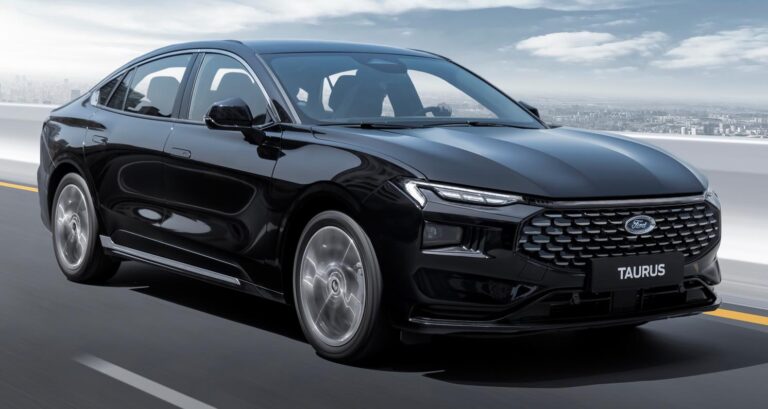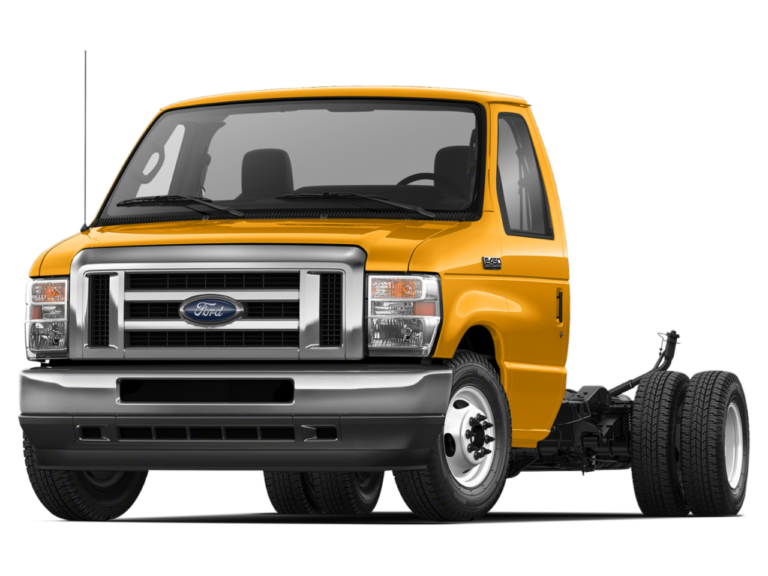2025 Ford E-Transit: Specs and Features That Elevate Commercial Electric Vehicles
In the rapidly evolving landscape of commercial transportation, the 2025 Ford E-Transit emerges as a beacon of innovation, setting new standards for electric vehicle capabilities. With its groundbreaking specifications and advanced features, this cutting-edge van is poised to revolutionize the way businesses operate, delivering unparalleled efficiency, sustainability, and performance.
Prepare to delve into the intricacies of the 2025 Ford E-Transit’s specs, comparing it to industry rivals, exploring its design and features, and analyzing its range, charging capabilities, performance, and environmental impact. Join us on a journey that unveils the future of commercial electric vehicles, where the E-Transit shines as a testament to Ford’s unwavering commitment to innovation and sustainability.
Design and Features

The 2025 Ford E-Transit boasts a sleek and modern exterior design, featuring a bold grille and sharp lines that give it a distinctive presence on the road. The spacious interior offers a comfortable and well-equipped workspace for drivers and passengers, with premium materials and ergonomic seats.
The E-Transit comes packed with advanced features and technologies, including the SYNC 4 infotainment system with a large touchscreen display. This intuitive system offers seamless smartphone integration, voice-activated controls, and access to a wide range of apps and services. Advanced driver assistance systems, such as lane-keeping assist and adaptive cruise control, enhance safety and reduce driver fatigue.
Cargo Management Solutions
The E-Transit also excels in cargo management, with a variety of innovative solutions to optimize storage space. The configurable bulkhead allows for flexible partitioning of the cargo area, while the fold-away seats and overhead storage compartments provide additional space for tools and equipment.
Range and Charging
The 2025 Ford E-Transit boasts an impressive range, enabling you to tackle your daily routes without range anxiety. The E-Transit’s range varies depending on the battery pack option you choose, with the standard-range battery offering a range of up to 126 miles on a single charge. If you need extended range, the extended-range battery provides up to 210 miles, ensuring you can cover longer distances without interruptions.
When it comes to charging, the E-Transit offers a variety of options to suit your needs. Level 1 charging is the most basic and slowest method, using a standard 120-volt outlet. It takes approximately 10 hours to fully charge the standard-range battery and 18 hours for the extended-range battery using Level 1 charging. Level 2 charging, which uses a 240-volt outlet, is a faster option, taking around 5 hours to fully charge the standard-range battery and 9 hours for the extended-range battery. For the quickest charging experience, DC fast charging is available, which can charge the E-Transit’s battery up to 80% in just 30 minutes.
Factors Affecting Range
It’s important to note that the E-Transit’s range can be affected by various factors, including driving conditions, payload, and temperature. Aggressive driving, such as frequent acceleration and braking, can reduce the range. Additionally, carrying a heavy payload can also impact the range. Colder temperatures can also affect the range, as the battery’s efficiency decreases in cold weather.
Performance and Capabilities
The 2025 Ford E-Transit boasts impressive performance capabilities, catering to the demanding needs of commercial applications. Its electric powertrain delivers instant torque, enabling brisk acceleration from a standstill. The E-Transit can reach a top speed of 80 mph, making it suitable for both urban and highway driving.
Towing Capacity
The E-Transit’s towing capacity is a remarkable 4,250 lbs., making it capable of handling heavy payloads. This makes it ideal for construction, landscaping, and other industries that require the transportation of equipment and materials.
Sustainability and Environmental Impact

The 2025 Ford E-Transit, as an electric vehicle, offers numerous environmental benefits compared to traditional internal combustion engine vehicles. Its zero-tailpipe emissions contribute significantly to reducing air pollution and improving air quality, especially in urban areas.
Reduced Emissions
Electric vehicles like the E-Transit do not produce any tailpipe emissions, including greenhouse gases such as carbon dioxide (CO2), nitrogen oxides (NOx), and particulate matter (PM). These emissions are major contributors to climate change and respiratory illnesses. By eliminating tailpipe emissions, the E-Transit helps mitigate the impact on the environment and public health.
Promoting Sustainable Transportation
The widespread adoption of electric vehicles like the E-Transit is crucial for promoting sustainable transportation. Electric vehicles reduce the reliance on fossil fuels, which are finite and contribute to environmental degradation. By transitioning to electric vehicles, we can reduce our dependence on non-renewable energy sources and promote cleaner and more sustainable transportation systems.
Market Impact and Future Prospects
The 2025 Ford E-Transit is poised to make a significant impact on the commercial vehicle industry. As the demand for sustainable and efficient transportation solutions grows, the E-Transit offers a compelling option for businesses seeking to reduce their carbon footprint and operating costs.
The E-Transit’s potential to accelerate the adoption of electric vehicles in the commercial sector is undeniable. Its impressive range, fast charging capabilities, and versatility make it a practical choice for a wide range of applications. By providing businesses with a viable alternative to traditional internal combustion engine vehicles, the E-Transit can help pave the way for a more sustainable and environmentally friendly transportation system.
The E-Transit’s market impact is expected to be particularly pronounced in urban areas, where air quality concerns and congestion are pressing issues. Its zero-emission operation will contribute to cleaner air and reduced noise pollution, making it an attractive choice for businesses operating in densely populated areas.
Moreover, the E-Transit’s low operating costs are likely to make it a popular option for businesses looking to optimize their bottom line. With significantly lower fuel and maintenance expenses compared to gasoline-powered vehicles, the E-Transit can provide substantial savings over the long term.
Questions and Answers
What is the range of the 2025 Ford E-Transit?
The 2025 Ford E-Transit boasts an impressive range of up to 210 miles on a single charge, providing ample coverage for daily commercial operations.
How does the E-Transit compare to the Rivian EDV?
While both the E-Transit and Rivian EDV are formidable electric vans, the E-Transit offers a more extensive range, a wider selection of configurations, and a more established dealer network, making it a more practical choice for businesses.
What charging options are available for the E-Transit?
The E-Transit offers flexible charging options, including Level 1 (120V), Level 2 (240V), and DC fast charging, allowing for convenient charging at home, work, or on the road.


